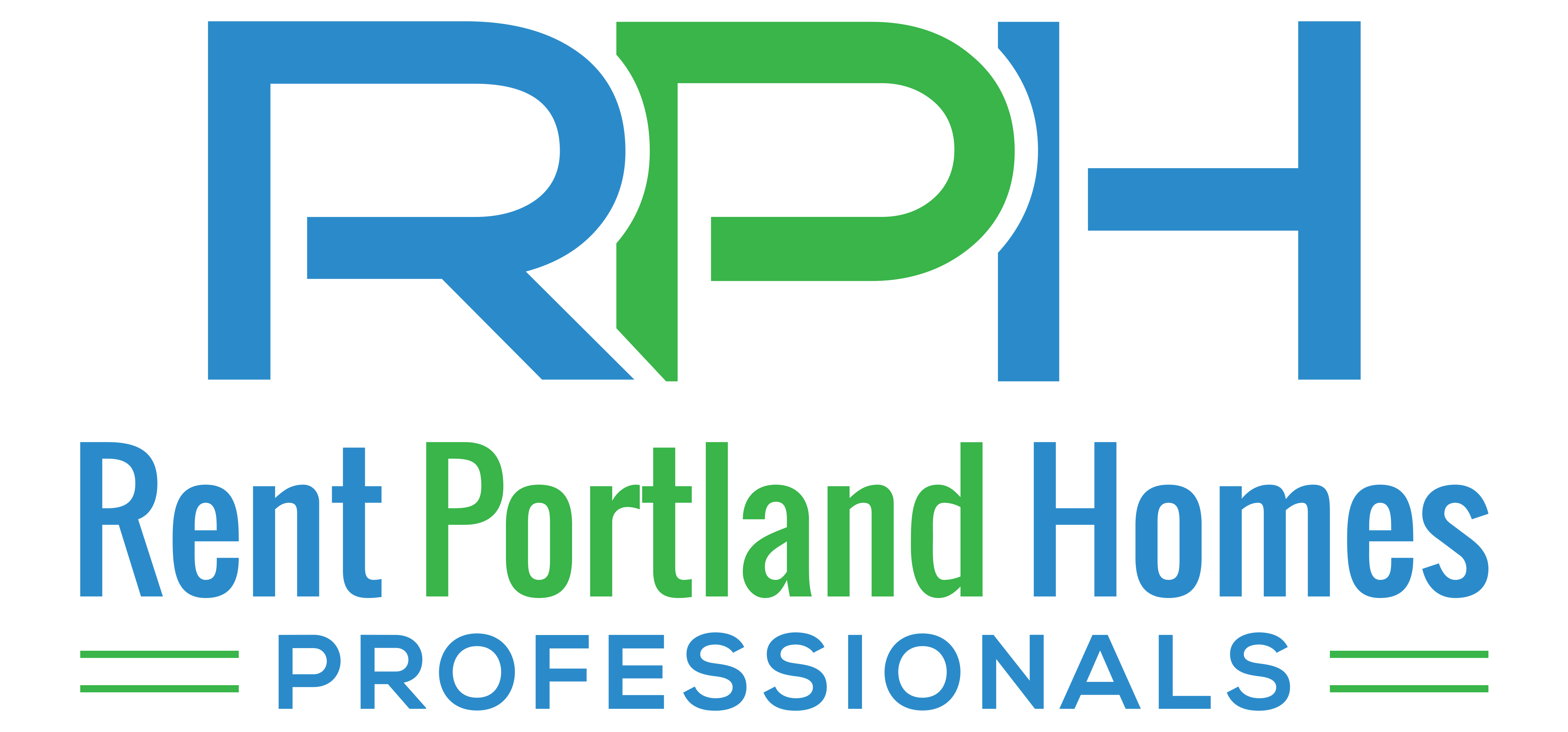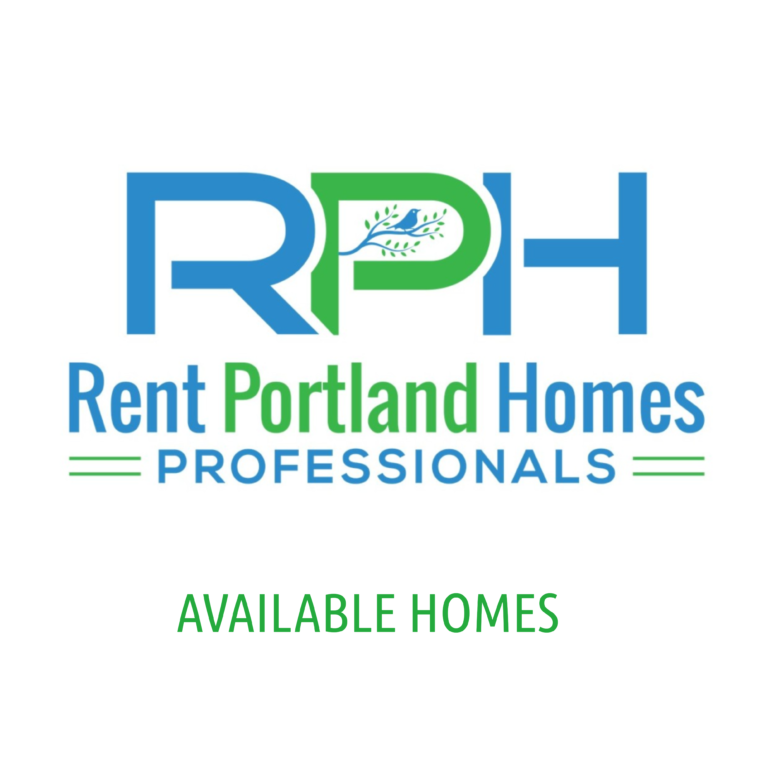Landlord Tips: Rental Forms That Every Landlord Should Have on File

Are you planning on becoming a landlord by investing in your first rental property? If so, you’re not alone. Many investors are investing in their first rental properties as they transition out of stocks and other investments.
One of the keys to success with being a landlord is having the right documents on file that you should be ready to present to your tenants.
In this article, we will break down what those rental forms are so you will know what to present to your future tenant when they come to sign their lease.
Rental Forms That Every Landlord Should Have on File
Rental application
The first of many landlord forms for tenants is the rental application. This document is where the rental process begins for most tenants. The application that’s filled out by prospective tenants provides you with important information about them and their potential as a tenant.
Despite this document’s importance, many rental applications fall short and leave out essential questions.
Preparing your rental application in advance is a great way to ensure you don’t forget to ask any crucial questions. The template can be used for all properties as the information collection on tenants should not change from property to property. The points screened for each tenant are the same, so you can utilize one rental application template for all properties.
Lease agreements and addenda
The next document needed for all rentals is the lease agreement. The lease is a legally binding contract that outlines the terms of the rental period and how all parties involved must act during that time. The lease agreement should be detailed to clarify as many potential issues as possible.
Without a lease agreement, it’s unlikely that you’ll have tenants at all. Verbal agreements are valid in most states, but it’s always better to have a written copy of your rental agreement to ensure accountability among all parties.
Once signed, keep the hard copy of the lease agreement for the entire rental period. Scanning a digital copy for backup recordkeeping is also a good idea.
Any lease amendments or addendums that modify the original lease should also be kept with the lease agreement. These become part of the original agreement once signed and are just as valid in the eyes of the law, so be sure you do not misplace or destroy them.
Eviction notice
Though rental properties are great investments, it’s not uncommon for landlords to go through an eviction. Tenants sometimes stop paying rent, damage the property, or otherwise cause problems that will result in their removal from the property.
When this happens, landlords must send out the appropriate eviction notices. The specific notices required can vary depending on your state and local laws, but the fact that these documents need to be kept on file doesn’t change. You want to record when the notice was sent, what information was included, when it was received, and what happened next.
Be as detailed as possible on any notices sent out. This will ensure a quick resolution. If you aren’t sure what to include in an eviction notice, you’ll want to prepare a template that can be used in specific situations. This ensures you won’t forget any key points and that you’ll utilize the accurate turnover period for your state.
Adverse action letter
There will be cases when many prospective tenants apply to rent one of your properties. Once you’ve decided who will rent the property, you must send an adverse action letter to any denied applicants.
An adverse action letter tells these people why their application was denied (i.e., background check, credit score, screening agency results, or another specific reason). If the tenant is denied due to results from a third-party service, be sure to include information on this service to the tenant. This allows tenants to file a complaint if they feel the information reported was incorrect.
When writing this letter, ensure that you do not deny a tenant’s application for any reason related to protected classes as outlined by Fair Housing Laws. Protected classes include race, color, age, sexual orientation, handicap status, national origin, religion, gender, gender identity, familial status, marital status, and other potential discrimination factors.
Late rent notice
Your packet of landlord rental forms wouldn’t be complete without a late rent notice.
Late rent notices inform tenants that their payment is late. This form also tells tenants how they can pay, what they owe, and what will happen if the payment is completed after a certain length of time.
In many states, late rent notices are sent as a “pay rent or quit” notice. As the name suggests, this tells tenants they must pay rent or leave the property. If they choose to do neither, the landlord will file for eviction.
Late rent notices detail as much information as possible to ensure the tenant understands their situation. These notices must be in writing per local and state laws and generally include the following information:
When the rent was due
What amount is due
Any late fees assessed
By when the late payment must be made
What will happen if payment is not made
Lease renewal
Lease renewal notices alert tenants about whether you intend to renew their lease. Sending out this letter keeps all parties on the same page and encourages tenants to update you about their plans if they differ from your understanding.
Lease renewal notices generally include the following:
Date
Property address
Whether you will be open to renewing the lease or ending the lease
How to contact you with updates or for information
If you are not extending the option to renew the lease, you’ll want to tell the tenant why lease renewal is not possible, when move-out will occur, and how their security deposit will be returned to them.
If you are renewing the lease, you’ll want to tell the tenant how lease renewal will occur, if another agreement will be signed, if the rent will increase, and when any applicable changes will go into effect.
Move-in and move-out checklist
As a landlord, keeping a clear record of each property’s condition is critical for long-term success. The best way to keep an accurate list of conditions is to complete move-in, move-out, and general property inspections.
Creating a checklist for each inspection ensures that all areas are thoroughly and adequately inspected during these essential stages. If you have the correct information, you will be better able to assess any damage, plan repairs, and return security deposits.
A thorough property inspection checklist will cover each room in detail as well as outdoor items, major systems like plumbing, and any other unique areas provided with the rental. Update your inspection checklist regularly to ensure all important areas are included.
Rent receipt
One of the less common landlord rental forms you may need is the rent receipt. A rent receipt does exactly what it sounds like: it outlines the transaction of rent collection between two parties.
Landlords often use online rent collection services, and the software automatically generates the rent receipts. If you collect security deposits or rent through cash or checks, however, it’s key that you provide tenants with their own receipts.
Even if a tenant says they do not need a receipt, it’s a good idea to generate and provide one to all involved parties. This record ensures you can prove when money was (or was not) received.
Notice to quit
When a tenant has violated lease terms or stopped paying rent, the landlord needs to send a notice to quit. This notice alerts the tenant about the specific violation and what will happen next.
The Landlord must clearly provide details in this notice, including when the tenant needs to vacate. If there is any chance of remedying the situation, this information is also written into the notice to quit.
Clearly provide information about what lease section was violated and include a copy of the original lease. This ensures that the tenant understands the issue and makes them less likely to challenge your decision. This will shorten the eviction process, saving you time and money.
It’s key that your notice to quit is written in line with all state and local laws. The notice period length varies from place to place.
Contact Rent Portland Homes – Professionals
At Rent Portland Homes Professionals, we specialize in property management for single-family and multifamily properties in the PDX area.
Instead of you having to keep the documents mentioned in this article on file, you can rely on us to do all the day-to-day tasks that come with owning a rental property, so you don’t have to.
To learn more about the services we can offer you, contact us today by calling (503) 791-4610 or click here to connect with us online.









